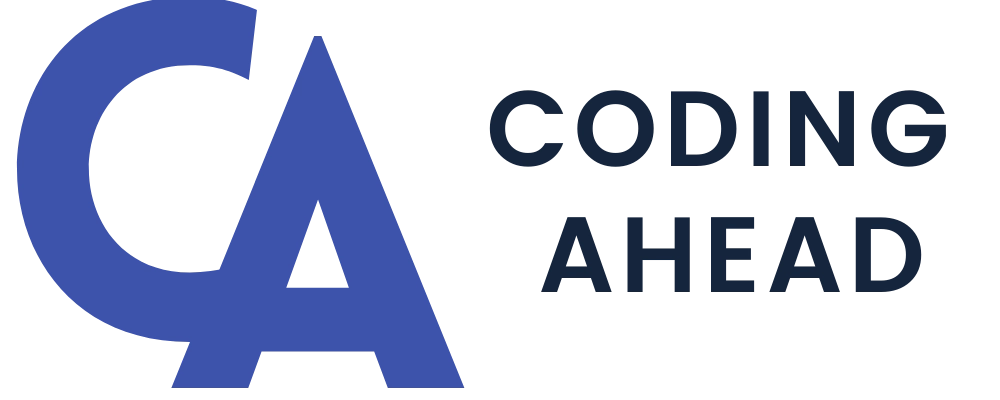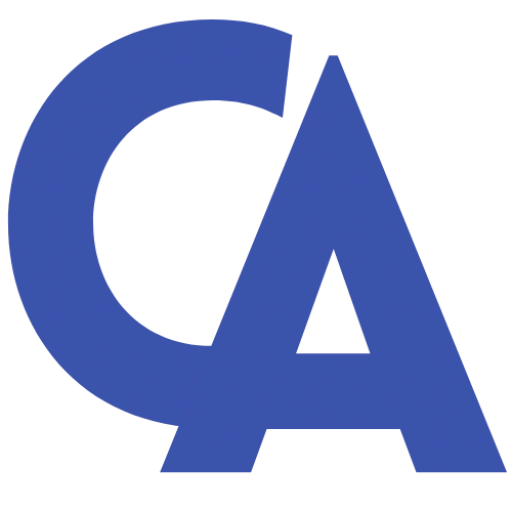CPT Code 31600 | Description & Clinical Information
CPT 31600 describes a planned surgical procedure in which the provider exposes the windpipe, known as the trachea, and creates an opening in it, also known as a tracheostomy.
Official Description
The CPT book defines CPT code 31600 as: “Tracheostomy, planned (separate procedure)”.
Clinical Information
The procedure described by CPT code 31600 involves the creation of a tracheostomy in patients with an obstructed airway. The goal of the procedure is to assist these patients in breathing, as well as to clean and remove secretions from the airway using a suction tube.
To perform the procedure, the patient must first be appropriately prepped and anesthetized. The provider then makes a neck incision and divides the overlying muscles to expose the tough cartilage rings that make up the outer wall of the trachea. If needed, the provider will excise the thyroid isthmus.
Once the cartilage rings are exposed, the provider creates an opening into the trachea and inserts a tracheostomy tube. This tube will serve as an artificial airway to help the patient breathe. The provider then sutures the skin to the adjacent tissues to create an opening in the neck that connects to the tracheostomy site.
It’s important to note that this code represents a planned tracheostomy, which is different from an emergency tracheostomy. A planned tracheostomy allows for proper preoperative planning and preparation, as well as the opportunity for the patient and their family to ask questions and make informed decisions about the procedure.
After the tracheostomy is complete, the provider will monitor the patient closely for any signs of complications. These can include bleeding, infection, and difficulty breathing. The provider will also teach the patient and their family how to care for the tracheostomy tube and how to clean and maintain the area to reduce the risk of infection.
Overall, the creation of a tracheostomy using CPT code 31600 is an important procedure for patients with obstructed airways. By allowing them to breathe easier and facilitating the removal of secretions, a tracheostomy can improve quality of life and decrease the risk of complications associated with respiratory distress.
Return to all the CPT codes for incision procedures on the trachea and bronchi.



